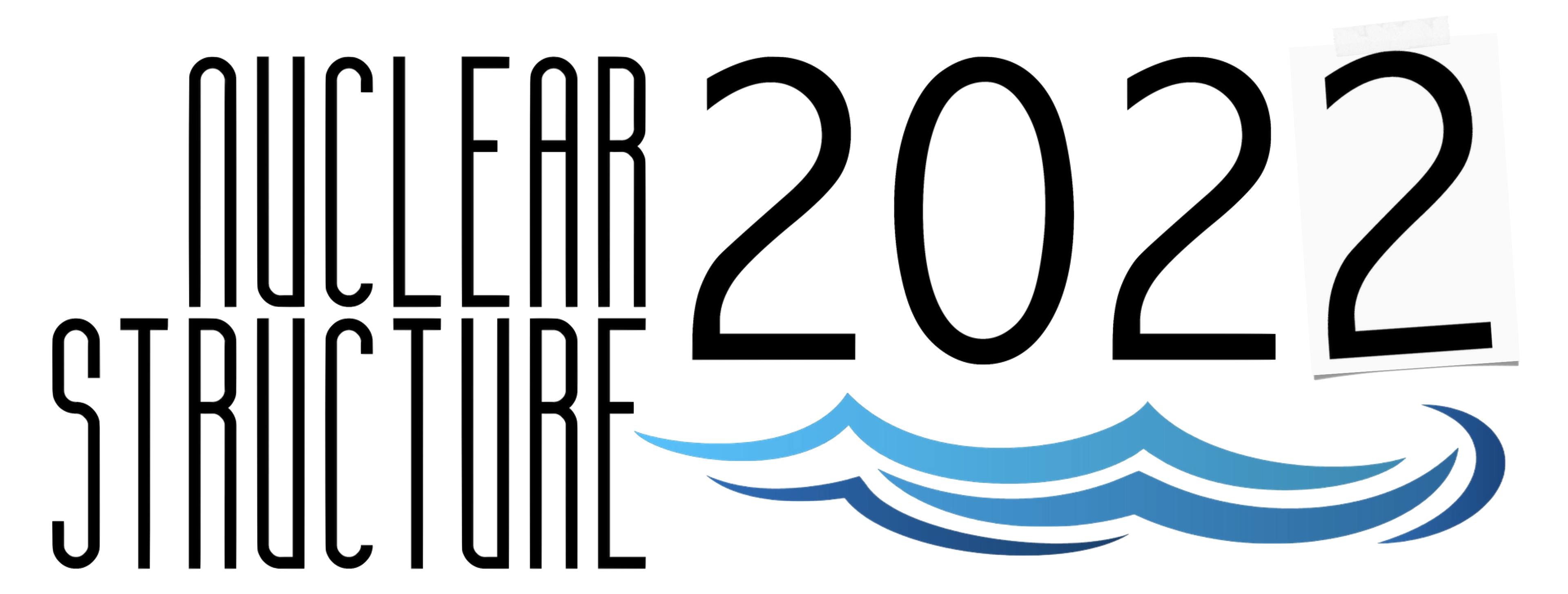Speaker
Description
Experimental nuclear physicists are well acquainted with the ubiquitous 1461 keV background $\gamma$ ray from the first-forbidden unique electron-capture decay of $^{40}$K to $^{40}$Ar. The third-forbidden unique beta decay to the $^{40}$Ca ground state is also well known. Not so well known is the third-forbidden unique electron-capture decay channel directly to the $^{40}$Ar ground state. This small decay branch has never been directly measured. Predicted intensities and experimental upper limits are highly variable (0-0.8%). This decay channel can be an important background for many rare-event searches, (such as DAMA, ANAIS-112, COSINE-100, SABRE, COSINUS, etc...). This exotic decay branch is also a limiting factor in $^{40}$K based geochronological dating.
The KDK (Potassium (K) Decay (DK)) experimental group is an international collaboration dedicated to perform the first measurement of this undetected $^{40}$K decay branch. The KDK group has created an enriched $^{40}$K source that the low-energy x rays can escape, built a silicon drift detector to measure the x rays, and integrated both into a highly efficient $\gamma$-ray detector, Oak Ridge National Laboratory's Modular Total Absorption Spectrometer (MTAS).
The KDK setup has been calibrated, tested, and the enriched $^{40}$K source was measured for 45 days.
We report on the experimental details and the current state of analyzing the unblinded KDK data.

